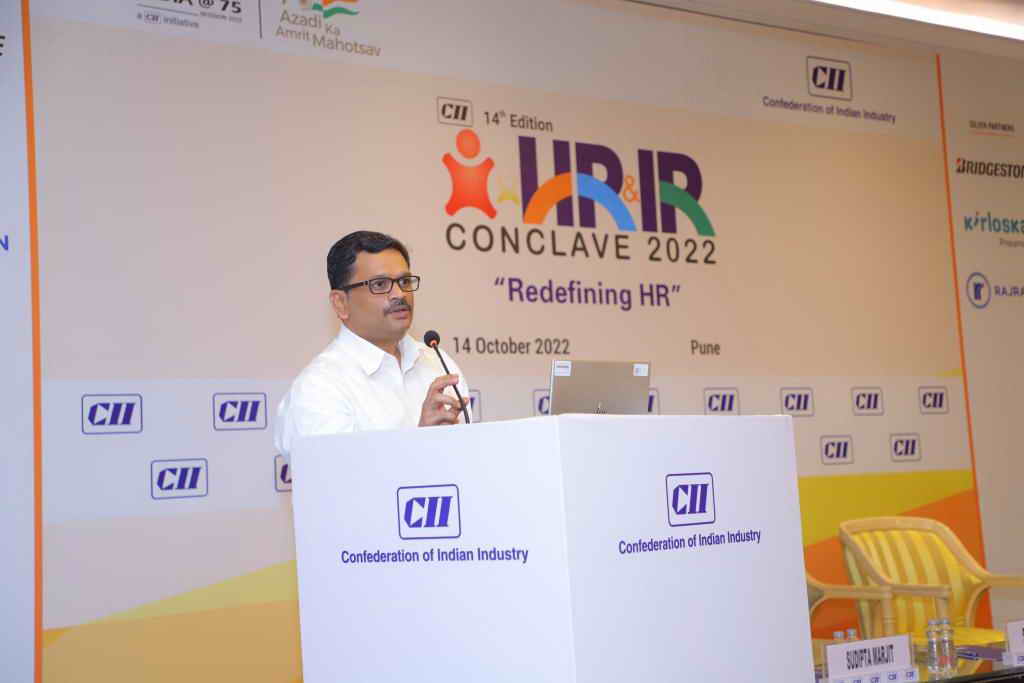For long time, I have been trying to articulate more about "Course Correction" piece in my earlier post "Execution Attributes"
This post is an attempt to choir the incoherent thoughts.
Correlated corrections allow for extensions in a delivery, while coerced corrections are changes that disrupt the sequence and history. Both are essential for being effective as executive, professional, leader and manager.
It is intuitive to believe and it is true that coerced corrections down the project stream would result in scope, schedule, cost and effort variance from both sides. It is assumed that enough buy-in and understanding of project goals are in place for every person working on the project at start that this does not occur.
What makes coerced corrections bad, is that they run contrary to everything agreed till that stage. The fact that the spirit of design/work/and ideas become dormant with the only larger goal of conformance to what is being said now, is the impact to avoid.
This is not to argue that change in direction or disruption, when required, is bad. Coerced correction is essential in the face of facts and enough data to support the change. Doing it with perceptions and without numbers would lack the depth of participation.
Correlated corrections help in extending the usefulness of the project without changing much direction. Correlated corrections are adaptable change requests within project constraints. They are factors that were missed in initial design and are now important considerations in the revised reviews. What pains I.T/senior managers is the fact that this happens all the time in designing good e-Learning content, and is considered as spurring out of control. The truth is, there needs to be provisions to allow for correlated corrections in the program. Otherwise, it will use the lustre and usefulness for users and the training owner.
Managers not in tune or experienced with e-Learning programs, should realize that control structure in a homogeneous project as in I.T application or product customization is in a different play field. e-Learning programs gain their attraction, as they move down stream through multiple heterogeneous skilled hands. It is not just a subject matter expert, a content gathering information architect, an Instruction designer or a visual designer or a developer or a integrator who brings their independent charm on the output. It is the collective charm at work which self corrects as they proceed down stream to give the glow.
Consultancy projects are in separate league. The main brief for a consultant is to make coerced corrections, if the analysis shows the impact of correlated correction is lesser than desired outcomes. Since consultants rely on data load and multiple information sources, it is easier to present the recommendations and current considerations for the change. However, if you notice carefully, the implementation of recommendations are considered a separate project which then, by itself would give room for correlated corrections than eager for a coerced correction again.



The following sentence probably captures the essence of the piece. "...It is this self-correcting capacity of a project that gives it the direction needed...."
ReplyDeleteThis self-correction comes from a variety of sources:
>constant vigilance
>course correction
>more knowledge about the requirements as the project progresses
>team brainstorming sessions
>ongoing dialogue with the client
All of these and some add up to become "correlated corrections"...